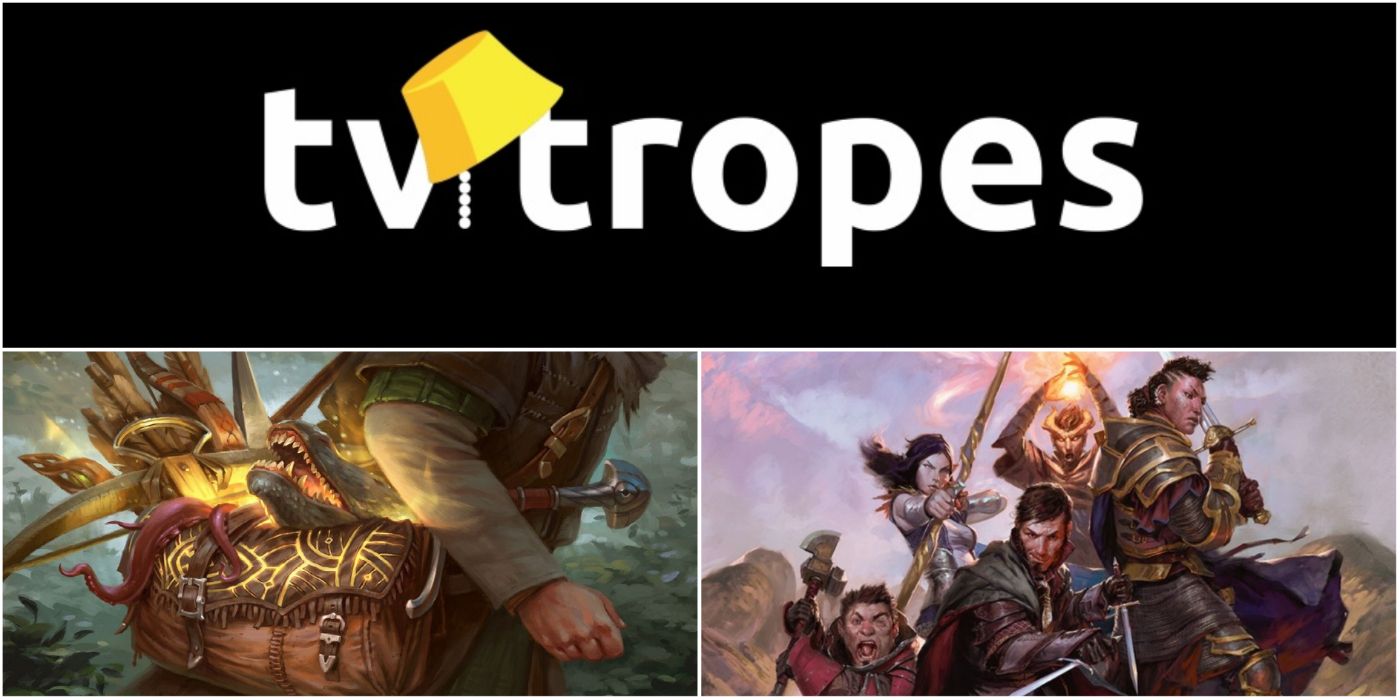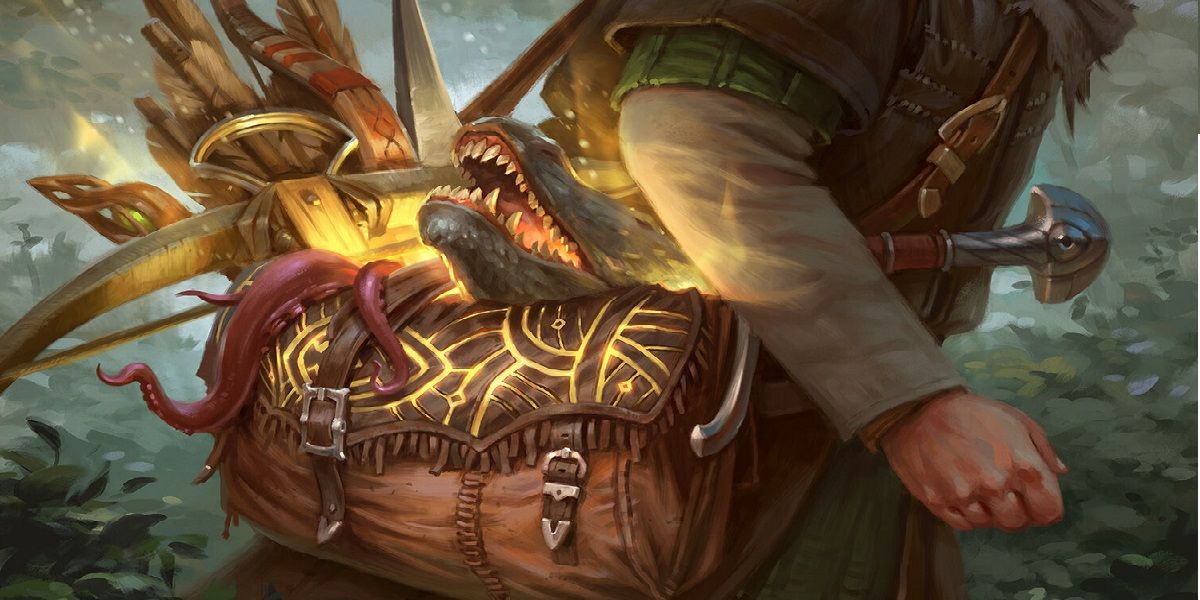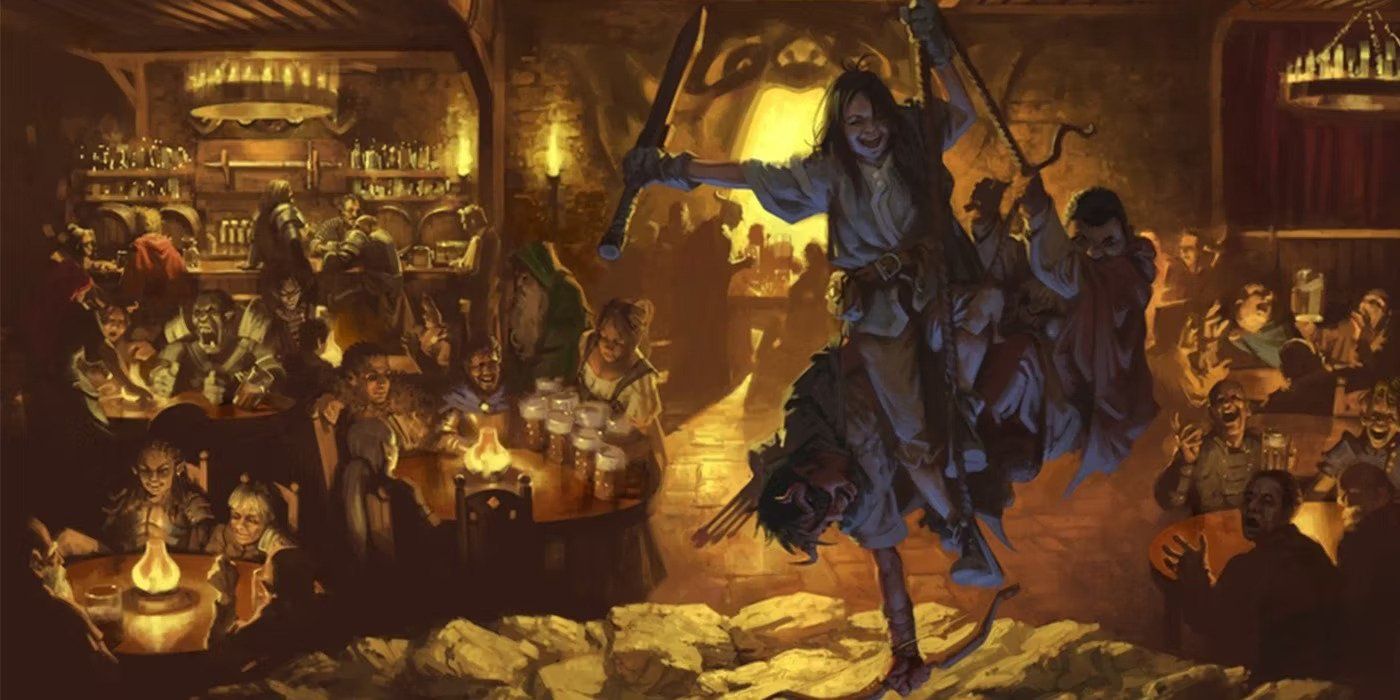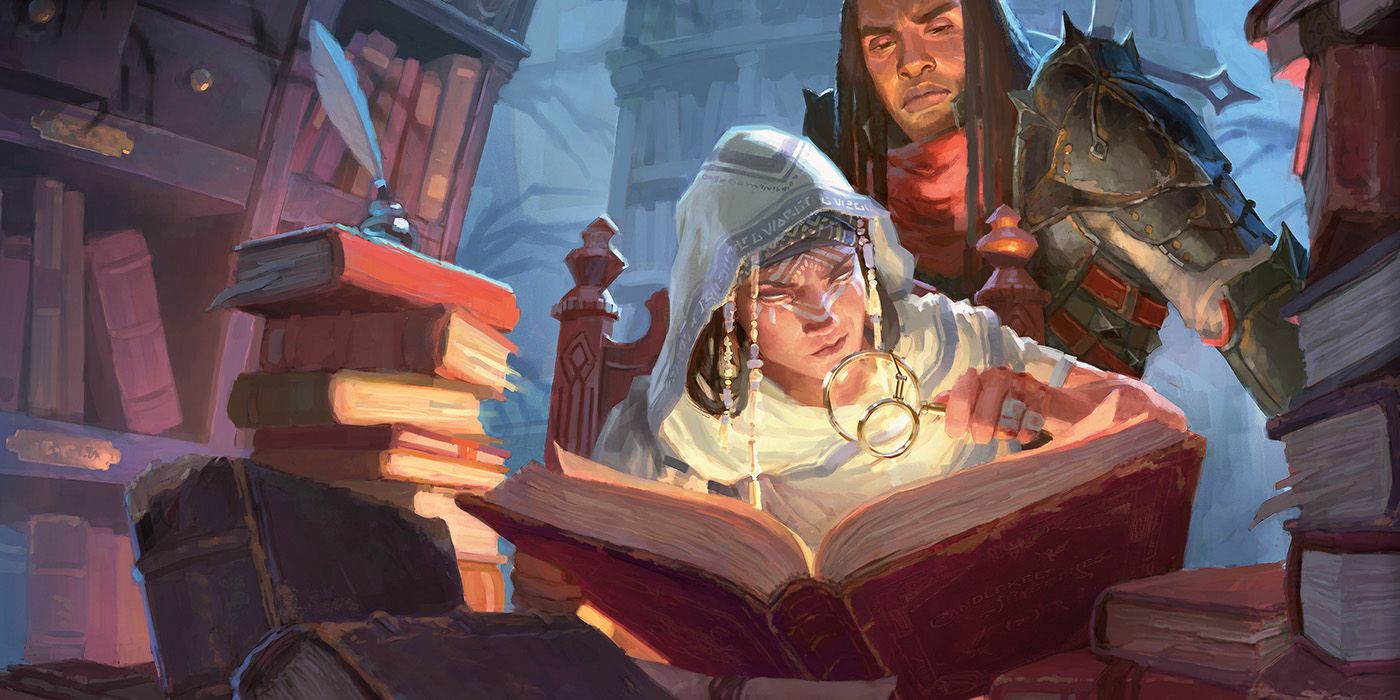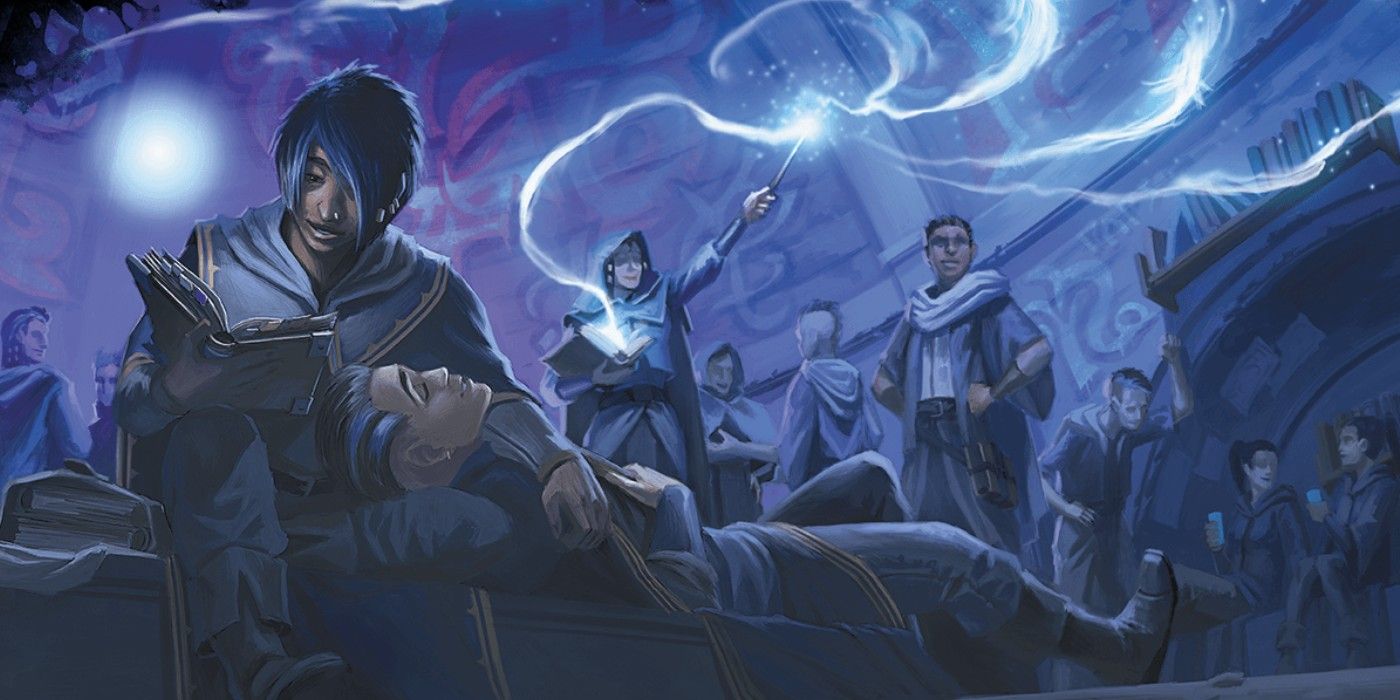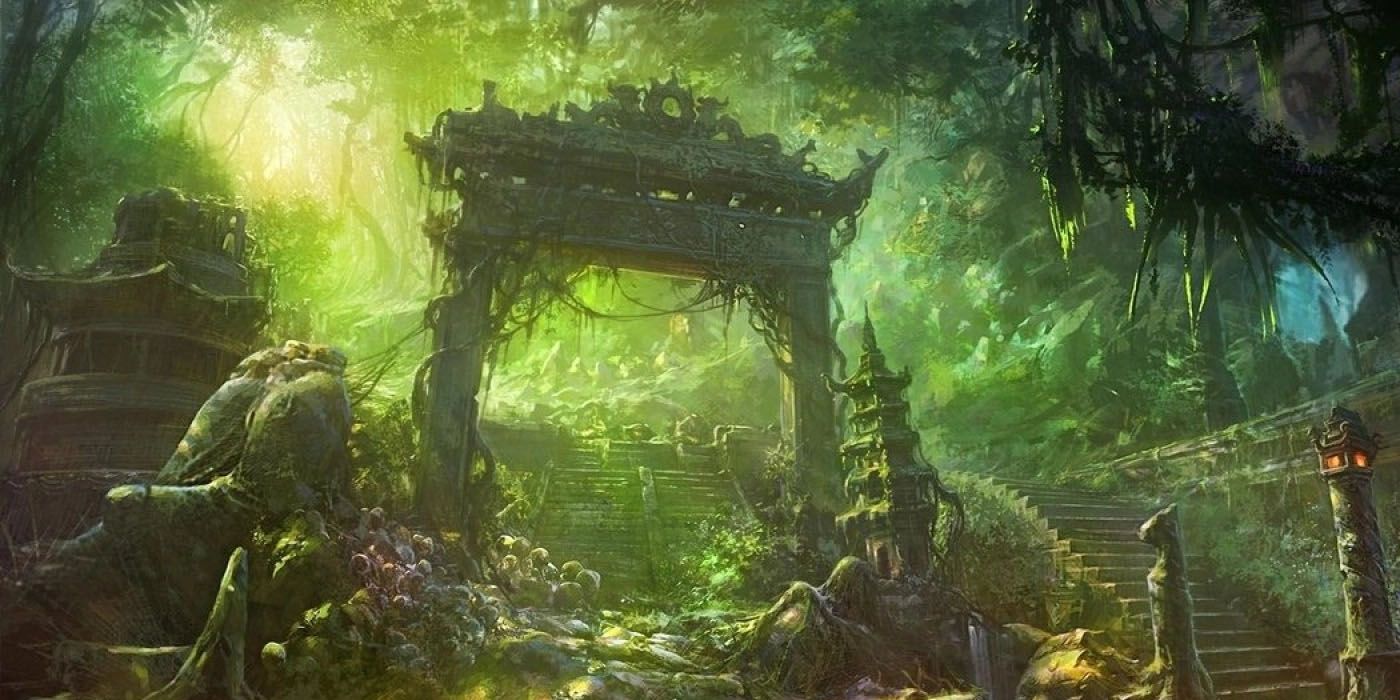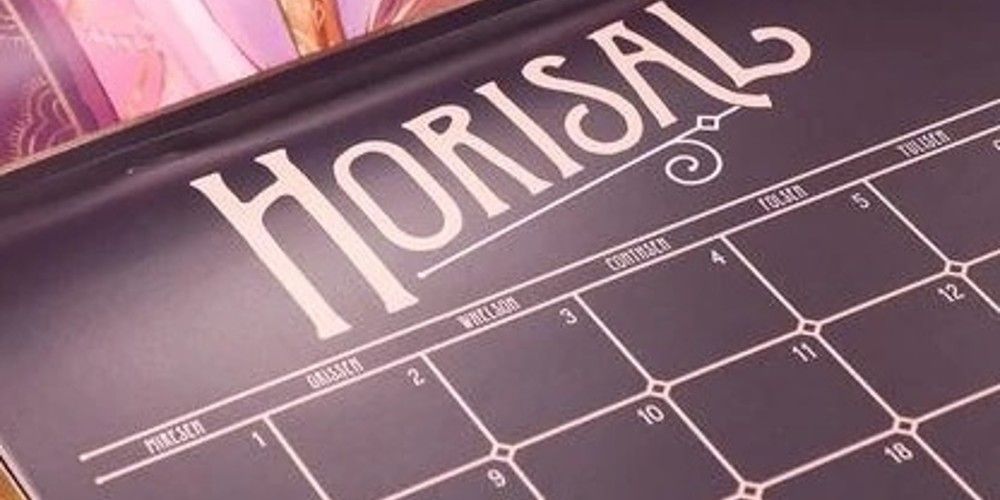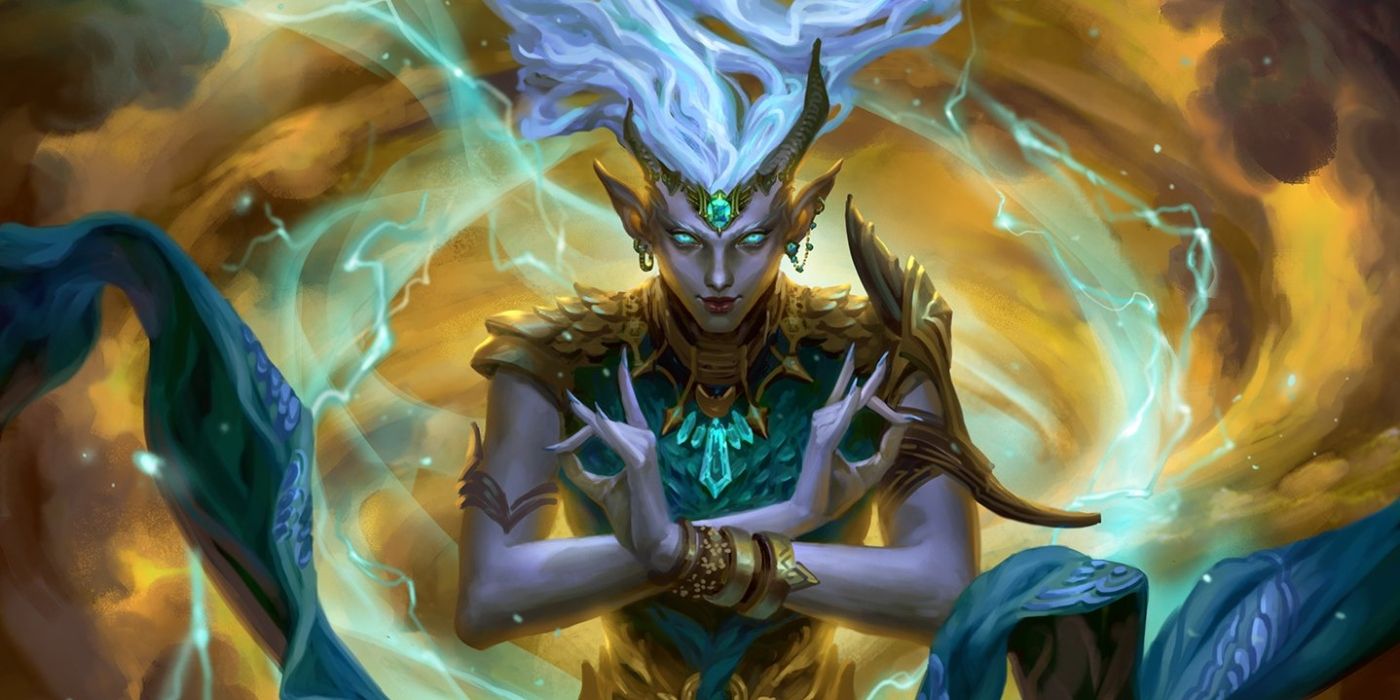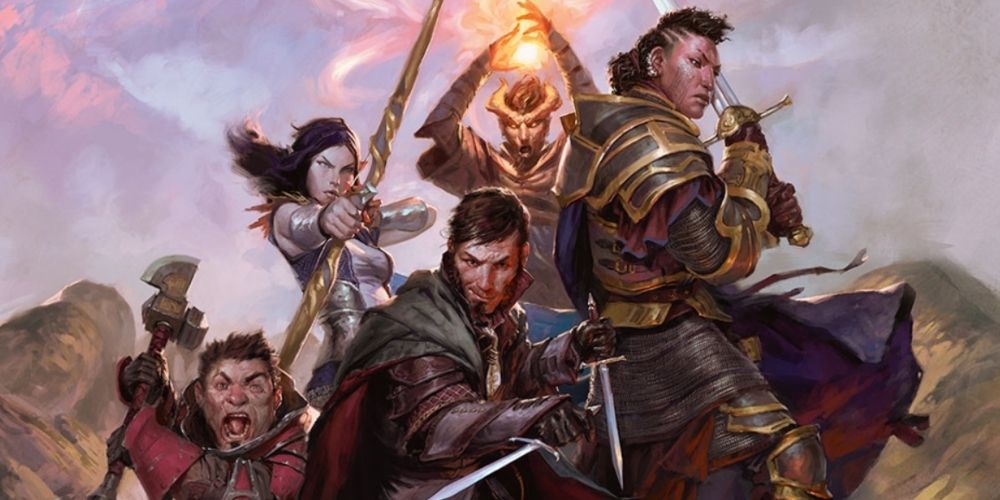Storytelling is an integral element of any Dungeons & Dragons campaign. The Dungeon Master sets up the basic outline of a story, and their players provide the detailed actions and interactions that fill the spaces within the said outline. Even pre-written campaigns differ depending on the characters' journeys and the players' choices.
All forms of storytelling contain tropes, best defined as common, repeated building blocks of narratives. The website TV Tropes defines these frequently-used elements and catalogs examples of them in published media. By perusing the listings on TV Tropes, Dungeon Masters can gain useful inspiration for their plot hooks and gaming sessions.
10 The Clingy MacGuffin Subverts A Common Concept
Adventurers often form parties in search of magical artifacts. The Clingy MacGuffin trope turns the tables on this idea by bestowing an item upon the players they can't get rid of, no matter how hard they try. Every time they think they have destroyed the object or left it somewhere far away, it will simply reappear among their other possessions.
The MacGuffin's attached nature could be due to the item being imbued with a living spirit, cursed by its creator, or another magical effect.
9 The Holiday Episode Assists With Worldbuilding
Though most traditional Holiday Episodes in media use holidays from the audience's cultures, in Dungeons & Dragons, the characters exist in an entirely different world with their own unique cultures and holidays. Holidays have traditions, histories, and meanings to the societies that celebrate them.
By allowing the players to experience in-world holidays, the Game Master would make their setting more realistic and well-rounded. The party could attend a holy festival in a city dedicated to the gods, a harvest celebration in a druidic village, or a familial gathering in one of the party members' hometowns, for instance.
8 All Myths Are True Gives The Characters An Unsettling Advantage
While the All Myths Are True trope is most commonly used in urban or contemporary fantasy, it also has its place in high fantasy stories. It simultaneously lets the characters have an existing understanding of the entities and situations they might encounter while also presenting them with the unnerving reality of every fiction they've ever learned.
Every myth in their world holds at least a kernel of truth, from ancient fables to contemporary legends and beyond. This trope can force characters to face lifelong fears of childhood terrors as they realize the scary stories are all real.
7 The Bottle Episode Forces Player Creativity
A Bottle Episode is a trope in television and other media where the entire episode or specified section of the story occurs in a contained location. In visual mediums, this is typically done to reduce the costs associated with moving from one area to another. In a D&D session, however, it could serve as a test of players' creativity.
Restricting the party to one locale will force them to use the resources they have at hand and in their inventories to find a way out of their predicament.
6 Year Outside, Hour Inside Sets Up Complicated Consequences
Time dilation is a common side effect of moving from one plane of existence to another. Year Outside, Hour Inside is a trope that could significantly impact the plot of a campaign and invoke interesting ramifications for those involved. As a starting premise, it could inspire players to solve the mystery of why they've been displaced from their proper progression of time.
As a plot point, it could mark an immense change in the characters' journies as they reckon with the consequences of their prolonged absence.
5 The Alternative Calendar Expands The In-Game World
Many Game Masters already use the Alternative Calendar trope, as do some pre-written campaigns. The Alternative Calendar trope builds player immersion and increases the depth of the campaign setting, developing a system of months, weeks, and days that relies on that world's cycle rather than Earth's.
The characters would be as familiar with their world's calendar as the players are with their own, encouraging the players to remain in character when assessing dates and timelines. One of the most well-known in the Dungeons & Dragons community is the calendar used in Critical Role's Exandria.
4 Intangible Theft Provides Unique Motivation
Theft of any kind can inspire adventurers to take action against a foe, but an Intangible Theft requires a more complex intervention. The trope of Intangible Theft describes when something untouchable but still noticeable is stolen. Examples of this trope can include the theft of a person's name, the color of the sky, or someone's ability to love.
Since that which was stolen is abstract, it can be much harder to track down and return to its rightful owner. Intangible Theft can significantly impede adventurers if one or more of their vital abilities, such as spell slots, are taken from them.
3 The Beach Episode Offers A Classic Change In Scenery
The Beach Episode trope is most famously known among fans of anime, who refer to it as the Obligatory Beach Episode trope. However, this trope extends beyond that medium to impact a broad spectrum of other media. In the realm of a D&D campaign, the Obligatory Beach Episode can serve a variety of roles.
It can be a breather between intense events, allowing the players and the characters to relax and enjoy some downtime as they recuperate. It can also be an excellent way to launch a high-seas arc, with plot hooks embedded in the tropical adventures.
2 Balance Between Good And Evil Challenges Players' Instincts
Many traditional Dungeons & Dragons stories endeavor to have the forces of good triumph over the machinations of evil. The Balance Between Good And Evil trope can bring nuanced consideration to this conventional setup.
The Balance Between Good And Evil, as a trope, refers to a world in which the aligned legions of Good and Evil must always be in exact balance. As a result, if the players destroy a high-powered combatant of Evil, another more powerful replacement will rise to fill that vacuum. This requires the party to consider the ramifications of their actions carefully.
1 The Forbidden Chekhov's Gun Pressures Player Decisions
As opposed to a regular Chekhov's Gun, a concept or item introduced to be used in the plot later, a Forbidden Chekhov's Gun raises the stakes. A Forbidden Chekhov's Gun is an element that characters are directly warned not to use. This could be a legendary weapon, a rare spell, or some other power designated as off-limits due to its danger.
Introducing a powerful resource through the lens of forbidding characters to access it creates a dilemma for the player-characters. If they choose to use the resource, they will be doing so in direct contradiction to trusted advice.

